Bhitarkanika National Park- The Amazon of India
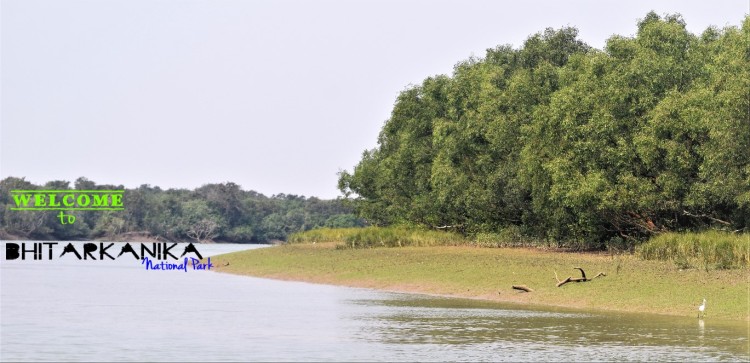
If you are a wildlife enthusiast, a nature lover then Bhitarkanika National Park and Wild Life Sanctaury is the perfect answer to quench your thirst. It will not only keep you dumb found but jaw dropped. The beautiful river channel tearing through mangrove forest, crocodiles basking on the bank, the olive Ridley sea turtle nesting at Gahirmatha, the life size pythons, king cobras, the hunting spree of Water Monitor Lizards, the chirping birds and grazing deers is all about Bhitarkanika. The Bhitarknika National Park is situated at northeast of Kendrapara District of Odisha, India is famous for it’s salt water Muggers and endangered Olive Ridley Sea Turtles. The national park is surrounded by Bhitarkanika Wildlife Sanctuary, Gahirmatha Beach and Marine Sanctuary and inundated by rivers like Brahmani, Baitarani , Pathshala and Dhamra. It houses to 285 species of birds, giant salt water crocodiles, chital , darter, wild boar, monkeys, olive ridley turtle and a variety of other wildlife including a significant number of snake population. It is also home to the largest number of White Crocodile population of the world. As per 2019 census, there are 15 white salt water crocodile spotted inside the national park . Beside Bhitarkanika, very few white crocodiles are seen in Thailand and Australia. It is among the few ecological site in India having found three varieties of Water Monitoring Lizards. Another attraction of the place is India’s 1st Crocodile Research and Conservation Centre, Dangmal. Here one can witness the breeding process of the salt water crocodile. The national park derives it’s name from two Odia word- Bhitara meaning Interior and Kanika meaning Beautiful. It was once being used as a hunting ground by erstwhile rulers of Kanika Kingdom. Many of the remains of the yesteryears can be found inside the park. Many medieval times temple structure can be seen across it. Truly speaking visiting Bhitarkanika gives you a thrilling experience of wilderness with a flashback of medieval era monumental journey .
TRAVEL TIPS
The best time to visit the park is during winter. But one can visit up to the month of June. The nearest airport is at Bhubaneswar and nearest Railway station is at Bhadrak. The park is well connected by road network. Permission to visit Bhitarakanika can be obtained from Divisional Forest Officer, Rajnagar, PIN : 754225, Ph: (06729) 72460 or Assistant Conservator of Forests, Chandbali, Pin . 756133, Ph: (06786) 20372 on payment of prescribed fees. For more details please visit- https://dot.odishatourism.gov.in/?q=node/64
Bhitarakanika can be approached only through water ways. Most convenient entry points are –
- Dhamara (40 km from Jamujhadi and 92 km from Balasore)
- Chandbali (60 km from Bhadrak and 190 km from Bhubaneswar)
- Rajnagar (30 km from Kendrapara and 130 km from Bhubaneswar)
- Gupti (25 km from Rajnagar)
Motor boats are made available on hire by Forest Dept as well as one can hire local boats also-
Rajnagar to Dangmal – 3 hrs
Chandbali to Dangmal – 3 hrs
Dhamara to Dangmal – 4.5 hrs
Gupti to Dangmal – 1.5 hrs
Okay then let me WELCOME YOU TO THE AMAZON OF INDIA_ THE BHITARKANIKA.
Also Read: Chandrayan3- India’s Mission to Moon

THE GORI SAGA
In 1975, the Crocodile Research and Conservation Centre was first established at Dangmal, Bhitarkanika. During the breeding season some 48 eggs had been collected from Kalibhadia Reserve Forest area and hatched at the Centre out of them total 24 hatchlings were born one among them is GORI . She got her name GORI because of its white color. She is now 46. 
THE MANGROVES OF BHITARKANIKA (THE HENTAL BANA)
It is the 2nd largest mangrove eco-system in India only after the Sundarbans. However it has highest mangrove biodiversity in India and only second to Papua New Guinea in the world. There are about 71 species of mangrove of 28 families found in Bhitarkanika. It also provides shelter to 285 species of birds, 14 species of amphibians, 42 species of reptiles and about 28 species of mammals. It was declared a Ramsar Site of International importance in 2002. The Hental Bana acts as a stabilizer against sea erosion, soil corrosion and protects the hinterland against cyclones and the ingress of seawater during tidal surge. During the Super Cyclone of 1999, the area covering the Hental Bana of Bhitarkanika remained largely unaffected. It also plays a vital role in aquatic food web and also forms a nursery and breeding ground of several marine life forms like shrimps, crabs, fishes, and mollusks. It is, therefore, rightly termed as the sustainer of the ecological security of the coastal zones of Odisha.

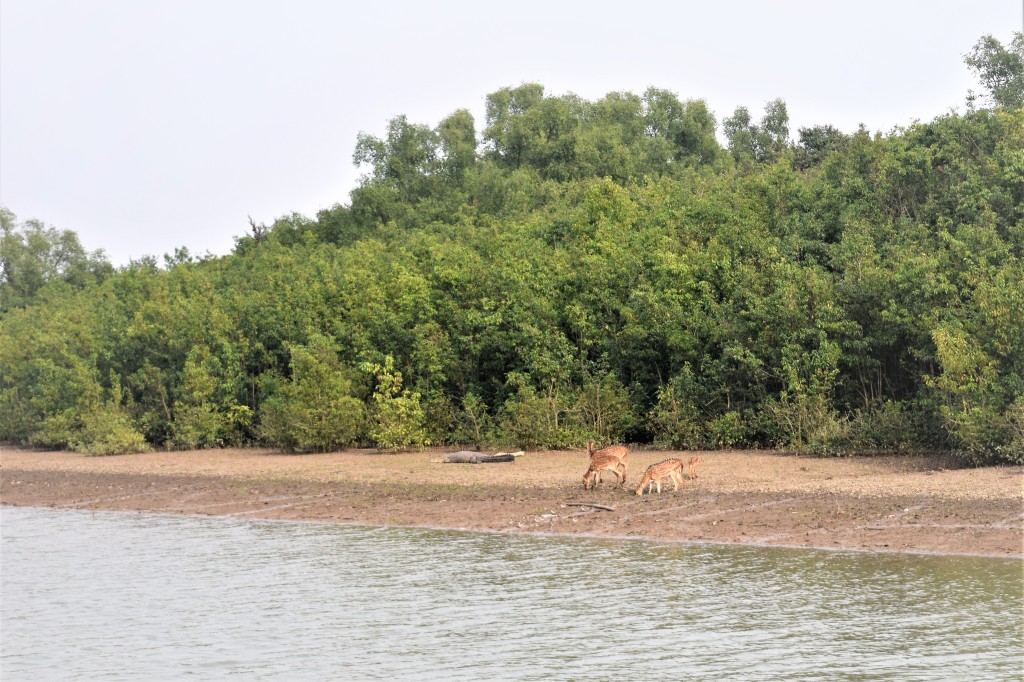


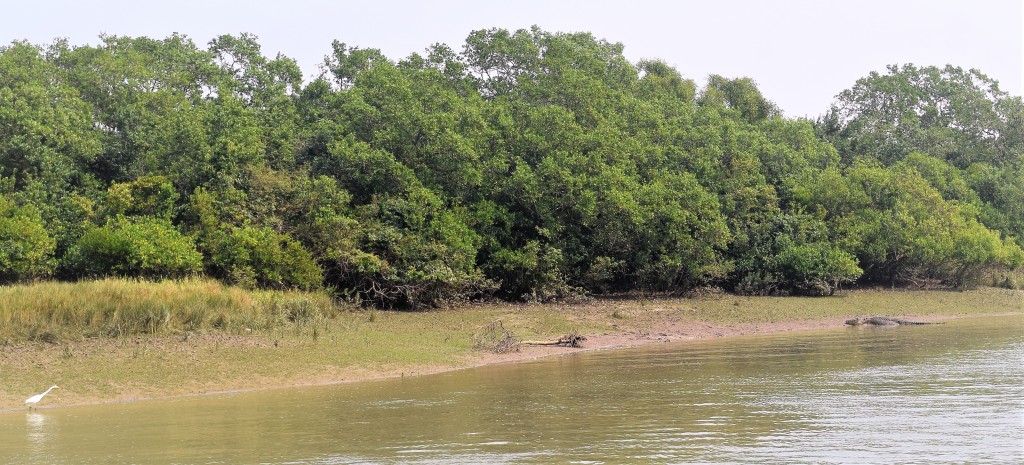

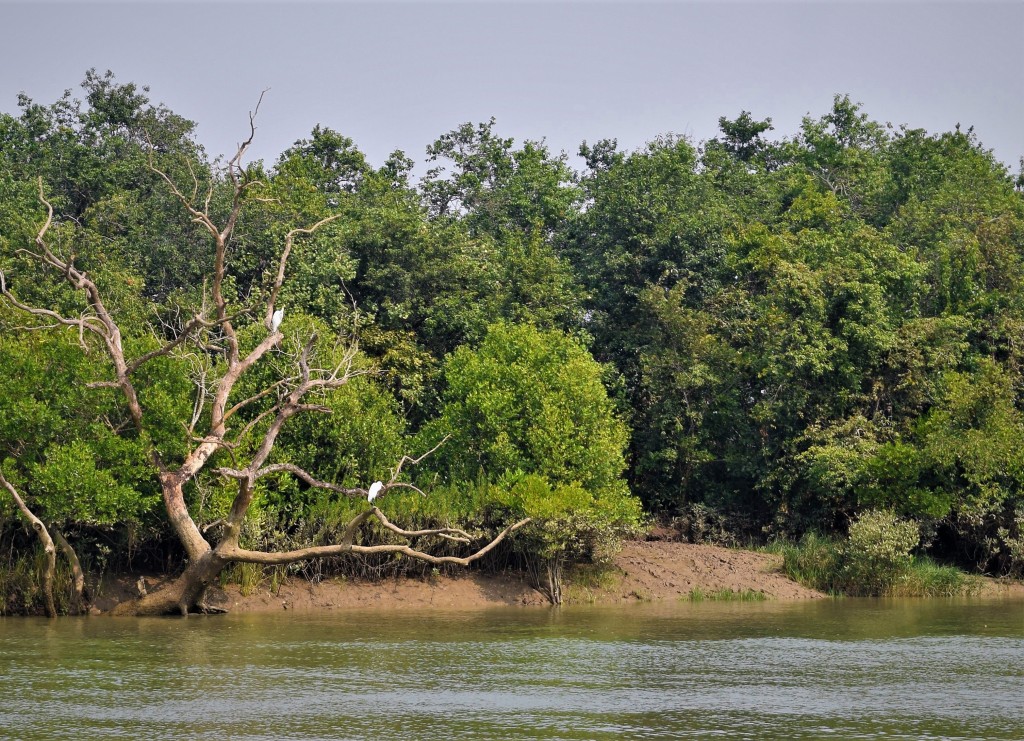

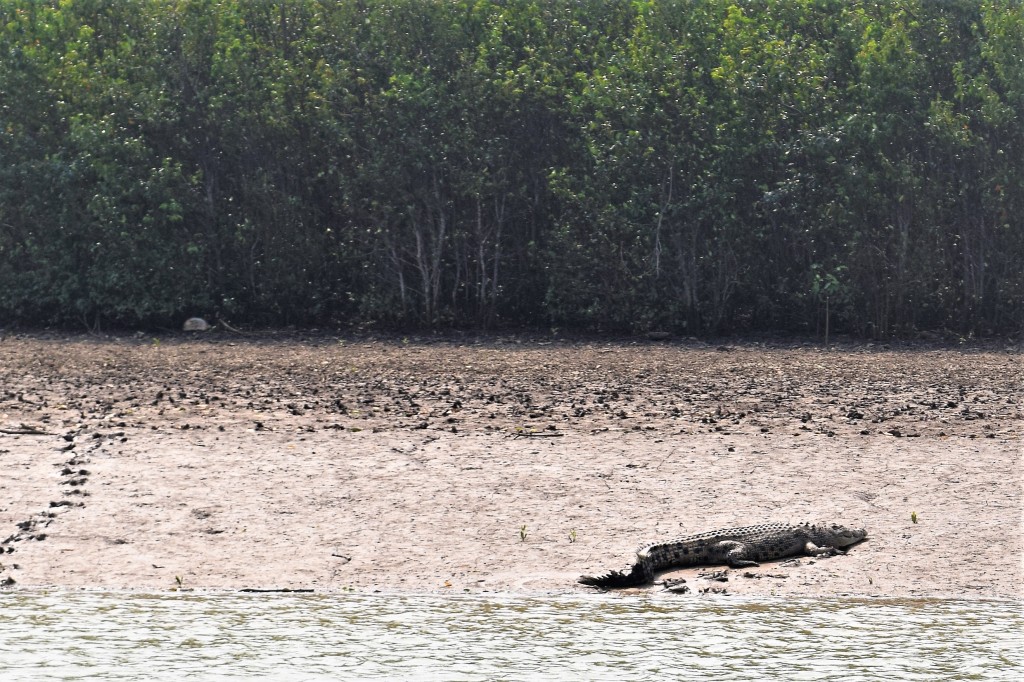


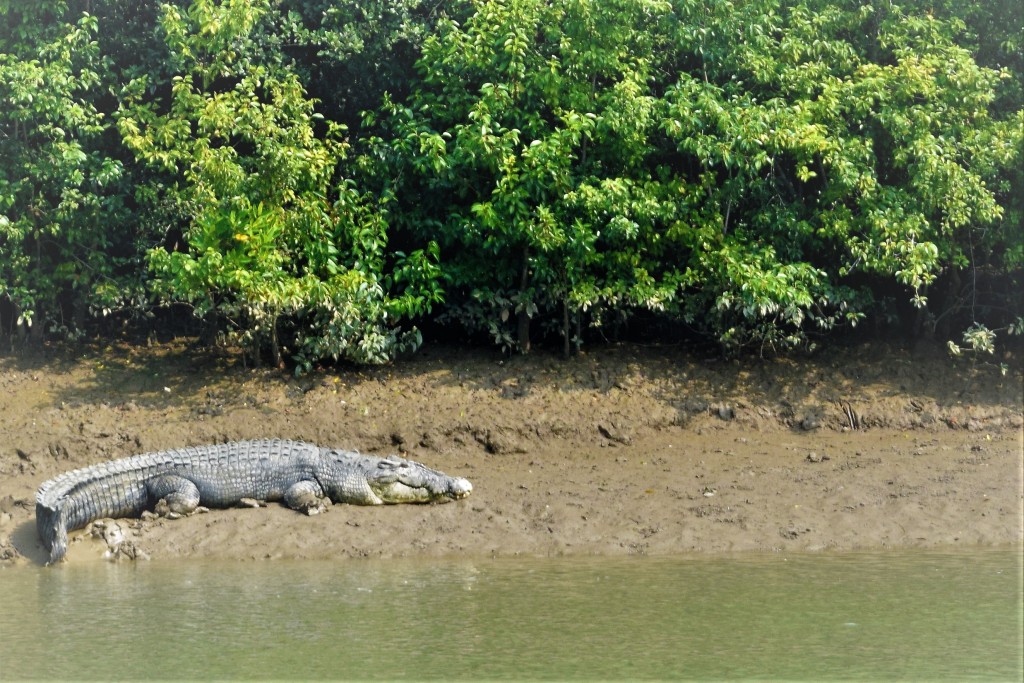



great insight on Bhitarkanika. Very informative and well documented.
LikeLiked by 1 person